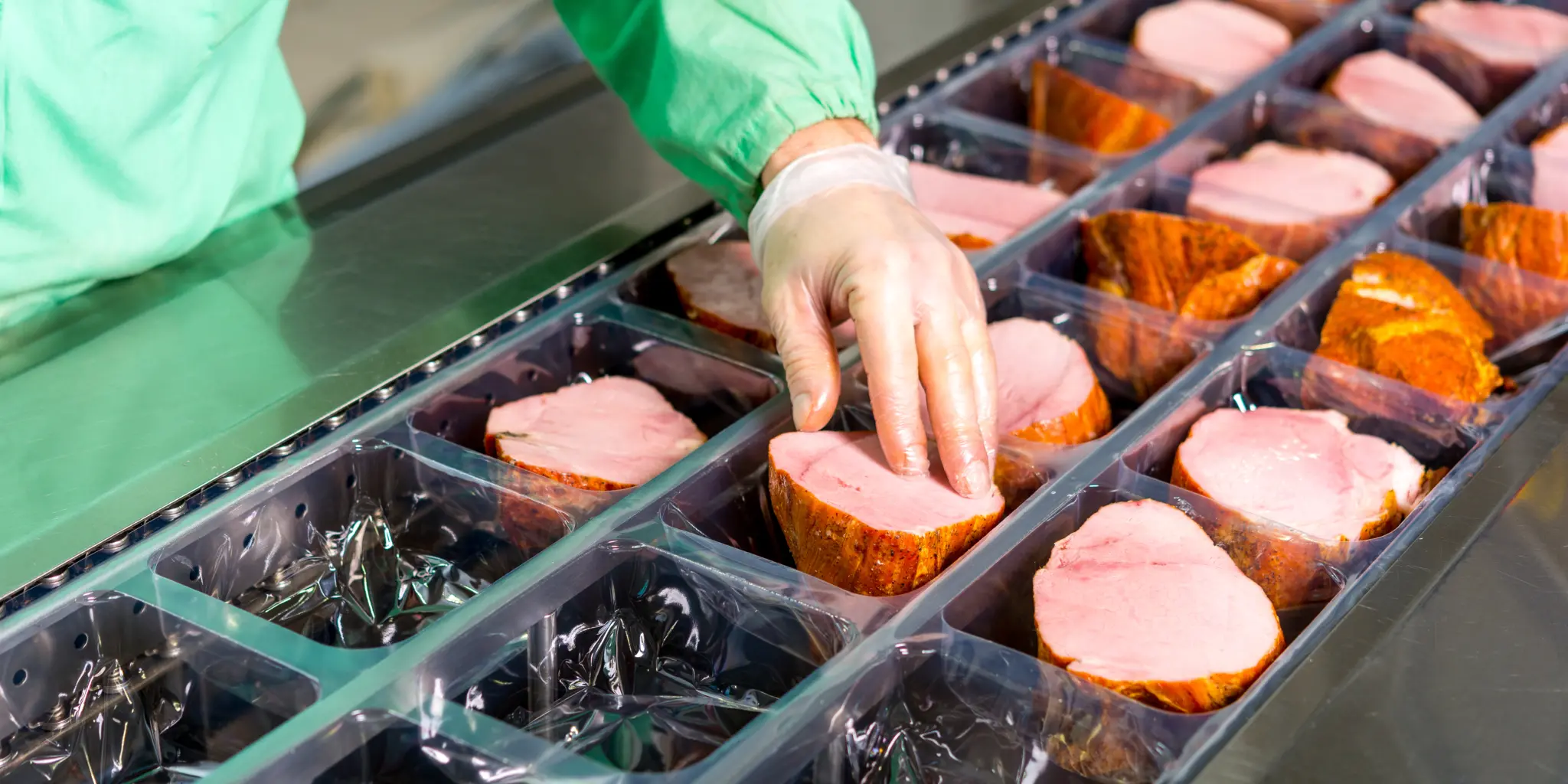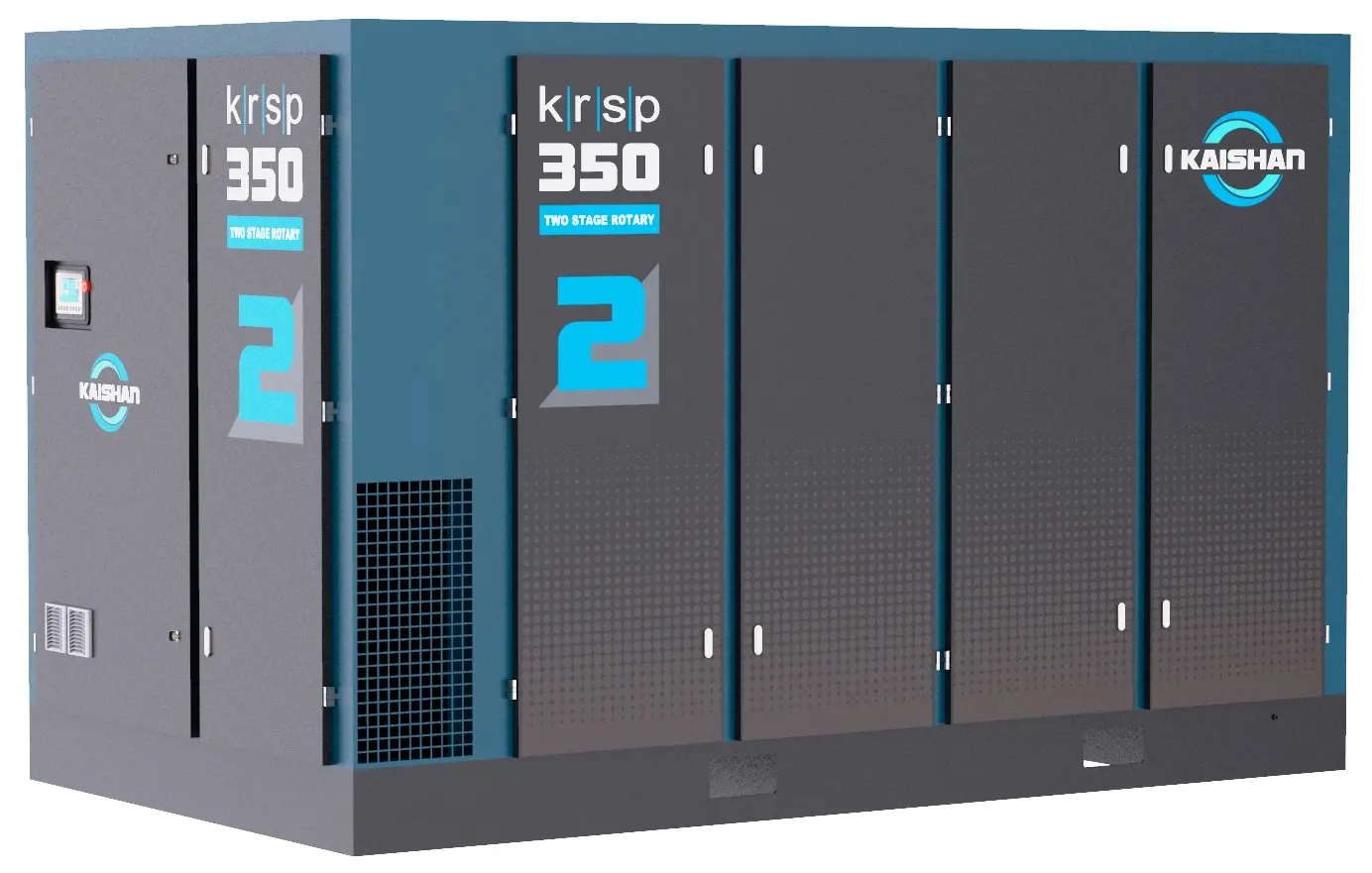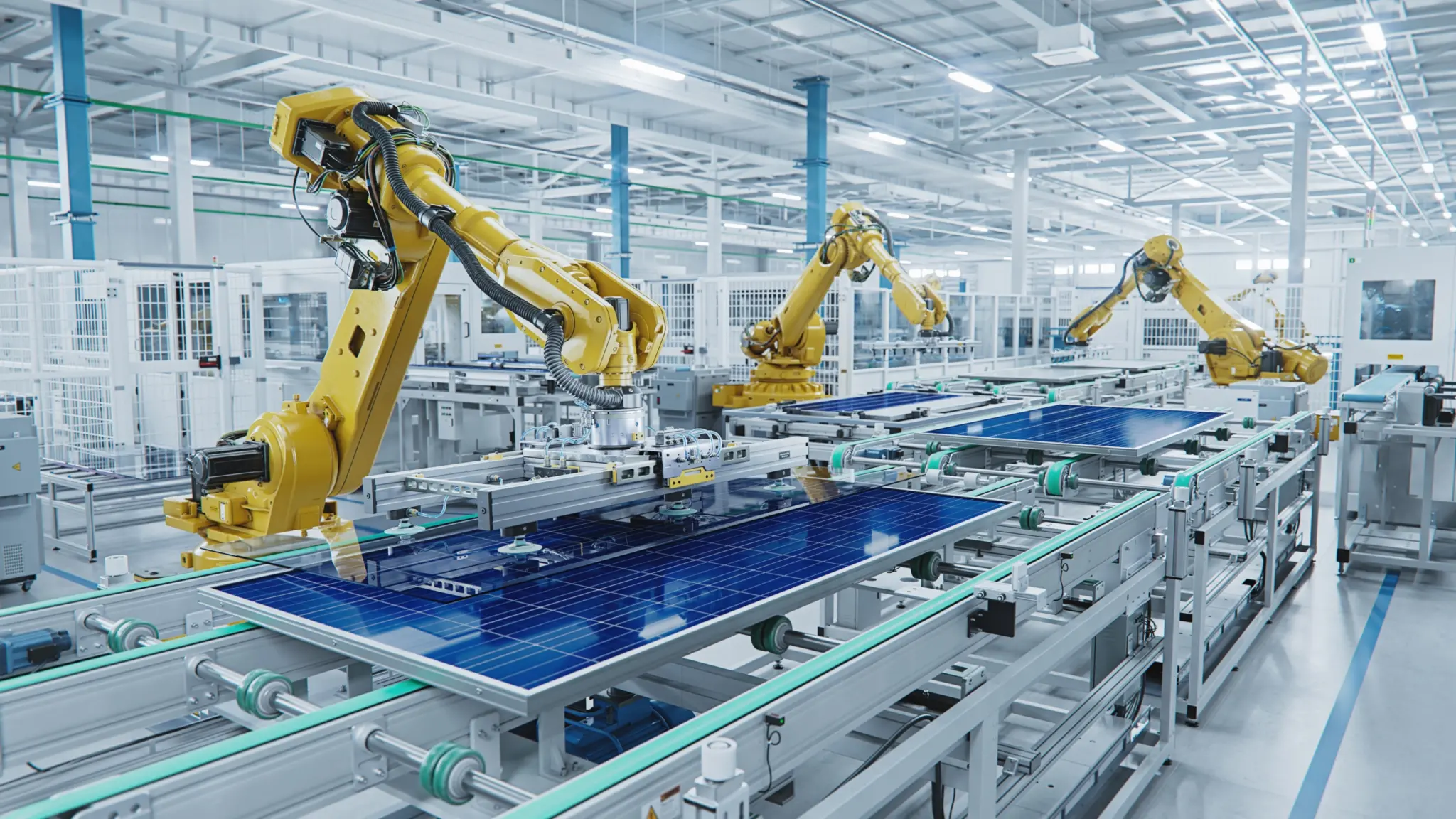
What Kind Of Air Compressor Do I Need?
May 8, 2024
The Bond Between Air Compressors and Renewable Energy
May 22, 2024Everything You Need to Know About Air Compressor Sizing for Manufacturing
Kaishan USA | May 15, 2024 | Uncategorized

Proper air compressor sizing is critical for smooth operation in manufacturing facilities such as food and beverage plants. Unplanned downtime not only halts production but can also cause costly product losses.
Determining what size industrial air compressor you need can be confusing—especially if you’re used to reciprocating compressors.
All too often, companies want to size an industrial air compressor with “room to grow.” Understandably, they are trying to anticipate end uses that they may want in the future. But that can be a problem, especially if they are considering a rotary screw air compressor.
Much has to do with the differences how these two common types of industrial air compressors operate. First, let’s talk about sizing a recip.
Sizing an Air Compressor: Reciprocating Models
The most commonly used single-stage reciprocating compressors have a limited duty cycle, working best with intermittent or partial duty. They typically run best at 50% duty cycle or less. That’s 30 minutes in an hour.
Run it longer, and you risk damaging your compressor and shortening its life. As a result, to properly size a recip, you need to buy a compressor with a larger horsepower rating to give the pump time to cool down.
It’s almost exactly the opposite with rotary screw air compressors.
Sizing an Air Compressor: Rotary Screw Air Compressors
Rotary screw air compressors operate work best with a 100% duty cycle, so you don’t have to size them up to compensate for the cool-down time a recip requires. As a result, a 7.5-HP screw compressor will do the job of a 10-HP reciprocating compressor, also drawing less electricity and reducing operating costs.
Rotary screw compressors, however, don’t do well at low duty cycles. Run them significantly less than that 100%, and you’ll waste energy. And perhaps cause problems down the road.
So, while it may seem counterintuitive, “too much” is as bad as “not enough” when it comes to rotary screw air compressors.
A better way to meet growing or changing needs is to take a close look at how you configure your system.
System Configuration and Compressor Sizes
Most of our customers want one machine to meet all the compressed air needs in their facility. And we get it; you want one machine to maintain and service.
However, deploying multiple compressors in a network to handle the variations in compressed air demand is typically more reliable and energy efficient. In addition, it creates a backup source of air in the event one compressor is down for maintenance.
Here’s an example. Typically, we find wide variation in usage, depending on what’s happening in a plant. So, let’s say you need 1,000 CFM on the first shift, 600 on the second shift, but only 200 for the third. The first two are okay, but the last is a killer, no matter how you do it. You’d benefit much more from a multiple-compressor system.
Multiple-Compressor System
We often encourage customers to adopt a three-compressor approach involving base, trim and backup units.
A base load compressor. As it sounds, the base load compressor meets your system’s minimum compressed air load.
Its output does not fluctuate as demand goes up and down. Instead, it runs full bore—at 100% of capacity—or it turns off. For those occasions when your needs are significantly below the base load—like weekends, holidays or a minimal third shift—we usually recommend meeting that need with a trim compressor (described below).

Because of their reliability and efficiency, two-stage rotary screw compressors like the Kaishan KRSP2 premium rotary screw air compressor are an excellent choice for base load compressors.
A trim compressor. Trim compressors handle fluctuations in demand above the base unit. Since the level of flow needed will rise and fall depending on the needs of your system, rotary screw compressors are a natural for this application. We often recommend that the trim compressor be equipped with a variable-speed drive to help it adjust to the varying demand.
A backup compressor. We recommend completing your system with a backup compressor, which can be on standby if a base or trim unit goes offline. To fill in appropriately, it should be the same size as the base load compressor. We also recommend that you run the backup at least once a month to make sure it’s ready when you need it.
Together, the three compressors have you covered in your demand profile.
Deploying three compressors, as mentioned, virtually eliminates unplanned downtime. A highly reliable rotary screw air compressor always waits in the wings as a backup should a base load or trim unit fail, keeping both pressure (PSIG) and flow (CFM) more consistent and reliable.
And while you may be reluctant to invest in additional units, remember that equipment costs are only a 12% fraction of the total lifetime costs of owning an industrial air compressor, according to the U.S. Department of Energy.

The U.S. Department of Energy estimates that the cost of purchasing an industrial air compressor is only 12% of the lifetime cost of owning and operating a compressed air system.
And then there’s the cost of downtime.

Downtime in some industries costs millions of dollars an hour. Even a few minutes of lost production can make the acquisition of a backup industrial air compressor make sense.
Cost of Downtime
A few hours of downtime can more than make up for the cost of a backup compressor. According to a recent survey assessing downtime per industry, lost production can average as much as $2 million an hour in the telecommunications industry. It’s $2.48 million per hour in the energy industry.
As a result, even a few minutes of manufacturing downtime can finance an entire fleet of backup compressors. And in other industries, like food and beverage or semiconductor fabrication, downtime could also result in the loss of entire batches of product.
Other savings you can realize with a three-compressor setup include:
-
- Maintenance. You extend your service hours because you don't need service as frequently. Instead of quarterly, you can do it semiannually.
- Electricity. Two smaller compressors will be more energy efficient unless you have consistent air demand, which is typically not the case. And since 80% of the total cost of ownership of an industrial air compressor comes from electrical bills, even a slight improvement in energy use could save the price of a backup.
- Emergency service. Often, plants without backup units rent portable diesel units when a main compressor breaks down. Using a diesel backup is harmful to the environment, and it costs two to four times more. Plus, it produces a lot of emissions, and the air is of lower quality—most portable diesel air compressors do not include an aftercooler, so they send wet air to the dryer, making it work harder. In addition, there are significant savings in maintenance and operating costs: a portable diesel compressor will need oil and filters every 250 hours. If you’re operating 24/7, that could mean they require maintenance every ten days. And then there’s a problem of supplying the unit with diesel fuel every 12 hours.

Local Help in Sizing and Maintaining your Industrial Air Compressors
There’s no cookie-cutter solution to designing and deploying an industrial air compressor system. And your decisions can make a big difference in the success and profitability of your operation. Your local compressed air professional can help.
Kaishan USA works with a nationwide network of independent distributors, who can provide on-site help and consultation in sizing and deploying industrial air compressors. These factory-trained air compression experts can also service your system without a problem.
Key Takeaways
-
- Determining what size industrial air compressor you need can be confusing.
- Rotary screw air compressors run best at a 100% duty cycle.
- We often recommend a three-compressor configuration with a base, trim and backup unit.
- A three-compressor setup can help eliminate downtime, reduce maintenance, cut electrical costs and provide backup.
Let Us Help
Having your industrial air compressor sized correctly for your application is critical to the operation of your compressed air system and all the processes that rely on that system. If you need help ensuring you have the right industrial air compressor for your needs, get in touch with the experts at Kaishan. Contact us today.

